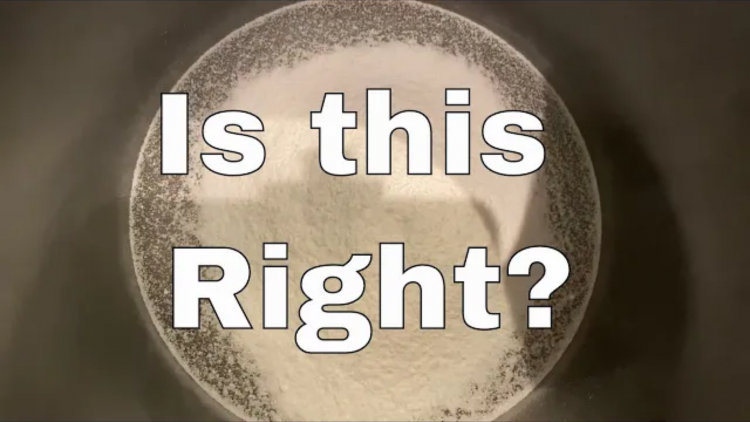Are You Mixing Your Saltwater Right?
- Jul 31, 2021
- Anshika Mishra
- 203 0 0

In this article, we will talk about one of the most common mistakes that people make while running a saltwater tank. So, make sure to stick till the end to find out if you are one of those people.
What is the essential part of a reef tank? Yes, you guessed it right, choosing your salt and mixing it with ro/di water. Although some of you may feel that you don't need to want this, there is a 50% chance that you are doing it wrong. Even some of the most experienced aquarists can benefit.
When you look at the chemistry behind it, mixing saltwater is far more complex than just adding salt to water or water to salt. So, what way is the best?
Actual Seawater Chemistry
First, let's take a look at what seawater is made of.
Natural seawater is made up of more than 70 elements. However, there are three which play a much more critical role than all the rest when it comes to chemical stability; these are:
- Calcium
- Magenisum
- Bi-carbonates
These three also play a significant role in maintaining a healthy reef tank. They significantly affect our corals concerning skeleton formation, ion exchange, and photosynthesis when balanced correctly, with the balance being the critical word.
Aquarium Saltwater
In the wild, corals are supplied with an endless supply of these elements. However, in our home aquariums, they are in a very limited supply which our tanks can rapidly deplete inhabitanFurthermore. Furthermore, the speed at which they reduce is directly linked to what the inhabitants are, with SPS and LPS corals absorbing far more than soft corals. This is because soft corals don't need to grow a skeleton which, in turn, makes it generally easier to maintain.
When choosing which salt to use, you always want to look at the label to choose a good brand based on what you would like to keep. This is because not all salts are created equally. There are two types of salt, one with slightly elevated alkalinity levels and the other with elevated levels of Calcium, Alkalinity, and Magnesium.
There are three ways in which Sodium Chloride is produced:
- The first is through evaporation by harvesting water from the ocean
- The second is by mining it from the earth
- To create a lab where all the raw elements are combined
Although the third one sounds the most scientific, all three methods end up in a lab processing and testing before being made available to the public. So, how can people mix their saltwater incorrectly?
Mixing Saltwater Correctly
Each salt has different instructions regarding the temperature of the water and mixing times, which should always be checked first. But, there are two key steps that everyone should be doing similarly:
- Always using reverse-osmosis water, with the total dissolved solids as close to zero as possible.
- Always adding water to the container first and then adding the salt to the was. Unfortunately, many people add the salt first and then the water afterward, which can cause problems with e salt dissolving incorrectly while also causing some of the elements to precipitate quickly.
Undissolved salt entering your system can cause harm to your life-stock, and if you are paying your hard-earned money for the best possible salt you can afford, you don't want to re-evaluate your system.
Some of the essential things to keep in mind while mixing the saltwater are:
- Always use a clean container to mix the salt
- Keep the temperature of the ro/di water at 68-degrees Fahrenheit
- Don't mix it for more than 4-hours because it can cause precipitation and make the water turn slightly cloudy
- And always check each parameter before adding the saltwater to your tank
So, were you mixing your saltwater the right way? Let us know how you mix your saltwater in the comments.
Happy Reefing!






About author